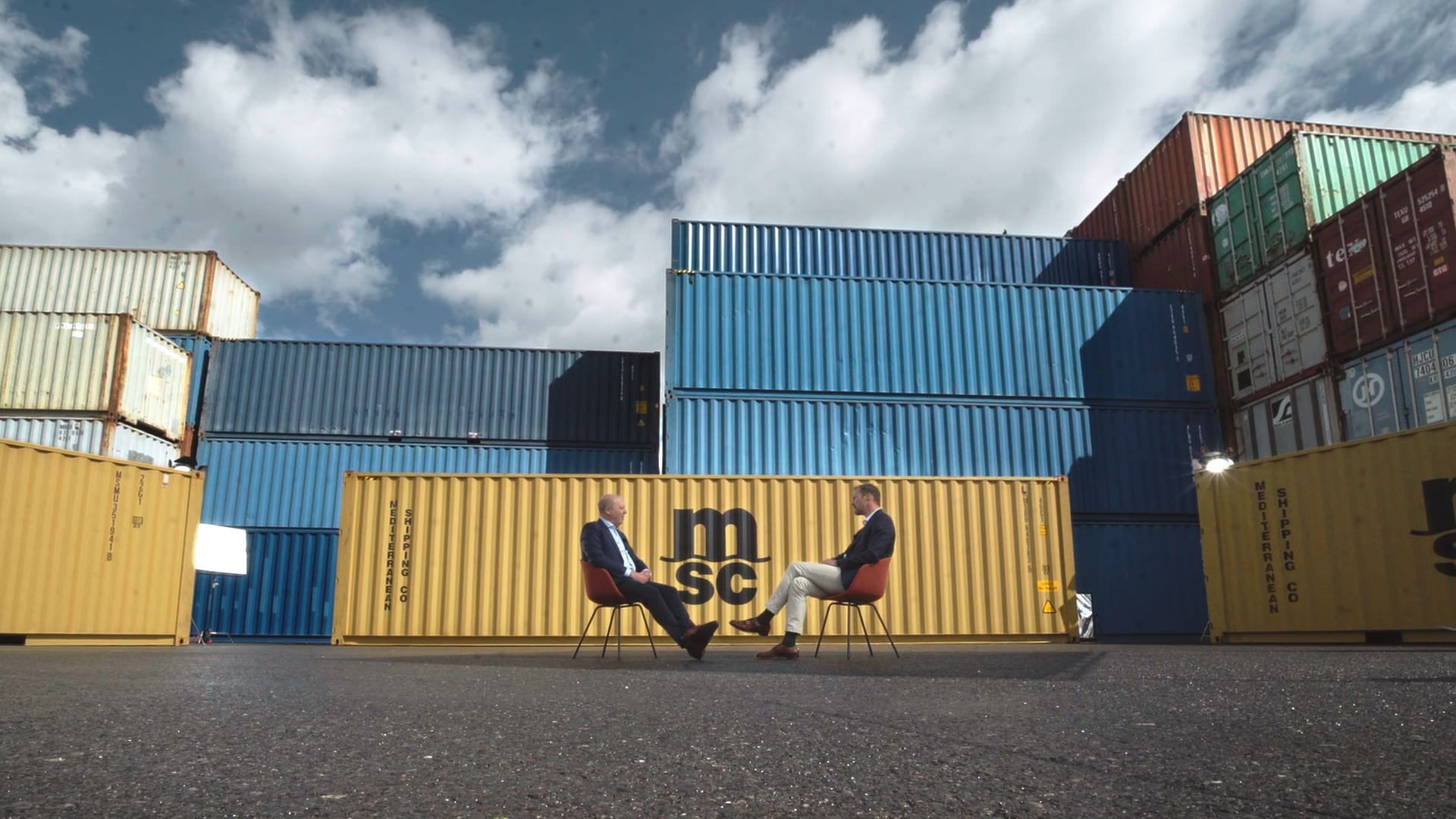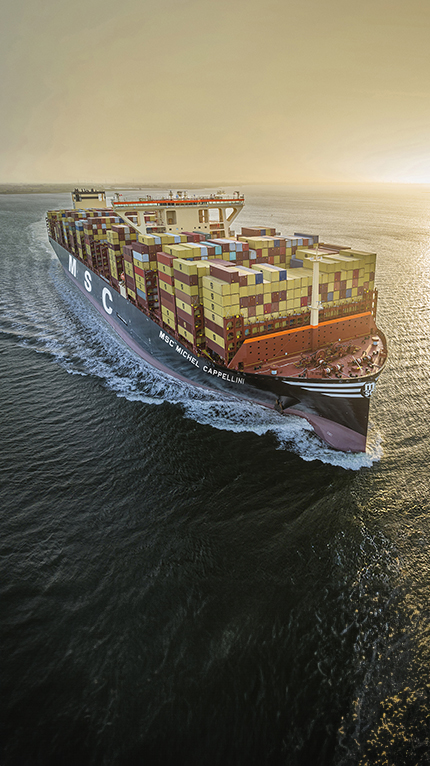Empfohlene Artikel
Überlegen Sie, welche Herausforderungen auf Sie zukommen könnten, oder möchten Sie von anderen Menschen aus der Branche lernen? Dann setzen Sie die Segel und erfahren Sie mehr in unseren Blogartikeln. Jeder Artikel gibt Insights in verschiedene Themen rund um den Gütertransport. Egal, ob es sich um die aktuellsten Transportlösungen, neue globale Routen der Liniendienste oder Neuigkeiten über Transporte unterschiedlichster Waren geht, lesen Sie jetzt unsere gesamte Artikelserie

Reden wir über Transport & Logistik

A Comprehensive Guide to Shipping from America to Germany
As one of Europe’s largest economies, Germany offers American businesses a major growth opportunity. Shipping from America to Germany can be a positive step for companies looking to break into the European market.

Shipping from USA to Philippines: Strategies for Smarter Delivery
The USA and the Philippines have a longstanding relationship when it comes to international trade. This import/export connection between the two nations takes place across numerous industries, including wholesale and ecommerce products.

Feeder Shipping: Bridging and Building Global Trade Routes
Designed to transport cargo from smaller, regional ports to larger container ships, feeder vessels play a vital role in supply chains on a global scale.

What is LCL Freight and How Does it Support Modern Supply Chain Strategies
In a world where consumer demand shifts quickly and global uncertainty makes flexibility even more important, understanding ‘what is LCL freight’ and cased where you can use it in your supply chain can be helpful.

Focusing on the Future: Technology, Digitalisation and International Shipping Training
New technology is not only changing business’s approach to shipping but also how international shipping training is organized and executed. While this will never replace the importance of expert planning and monitoring, the integration of different types of technology can be revolutionary for your employees.

The Containerization History: From Wooden Crates to Smart Containers
As the industry has evolved and trade networks have expanded, the volume of freight being transported by sea has increased dramatically. In 2000, the global fleet consisted of approximately 2,400 container ships with a capacity of 4.3 million TEUs. By 2010 this had tripled, with cargo capacity being spread across approximately 4,700 ships. Add on another 12 years, and by mid-2022 there were around 6,406 container ships with a TEU of 25.8 million tonnes.

From Hours to Minutes: How Mass Upload Transforms Your Document Management
Repetitive data entry, inconsistent formatting, and missing fields can easily slow operations down, and even lead to costly mistakes. To make this process faster and more reliable, MSC introduced the Mass Upload Tool on myMSC in October 2023. Built for when you need to handle multiple containers and cargo types, this feature is meant to replace the old Excel-based workflow with a simple copy-and-paste process.
Reden wir über Branchen

How Fresh Fruit Shipping Makes Delicious Deliveries Possible
Shipping fruit worldwide ensures that people with limited agricultural diversity or unfavourable climates have access to vital nutrients year-round. Beyond this, fruit exports support the economies of producing countries, by creating jobs in agriculture, fruit shipping logistics, and trade.

Ripe for the Road: Secrets to Successful Fruit Imports in the USA
The desire for fresh and exotic fruits in the USA continues to grow. From apples and oranges to mangoes, coconuts and avocados, American consumers expect access to high-quality, convenient and tasty fruits year-round.

Connecting Continents: Exploring Freight Services in Qatar
Its location near key global markets makes it an ideal transshipment and distribution centre. This strategic position enables efficient trade between the Middle East, Asia, Americas, Europe, and Africa, making Qatar an attractive hub for businesses expanding their supply chains.

Shipping Companies in India: Pioneering Trends and Innovations for Tomorrow
With 12 major ports and over 200 smaller ports along its 7500km coastline, India is a country with significant maritime strength and importance. Over the last five years, India’s port capacity has increased by 65%, with 54% of the country’s cargo being handled by major ports including Mumbai, Deendayal, and Jawaharlal Nehru.

Shipping Seafood: Spain's Efficient Export Market
Not only are they known for producing the greatest volume of seafood in the EU, but Spain is also one of the largest consumers of fish. All this means that as a nation, Spain is well qualified when it comes to understanding how to successfully ship and transport seafood cargo globally.
Don't Miss our Digital Talks

21/10/2024
MSC Digital Talks Ep. 11: How DCSA Standards Drive Cross-Industry Collaboration Weiterlesen
15/05/2024
MSC Digital Talks Ep. 10: Digital Learnings from the World’s Busiest Transhipment Hub Weiterlesen


12/07/2023
MSC Digital Talks Ep. 7: Embracing Data & Digital: A Freight Forwarder’s Story Weiterlesen